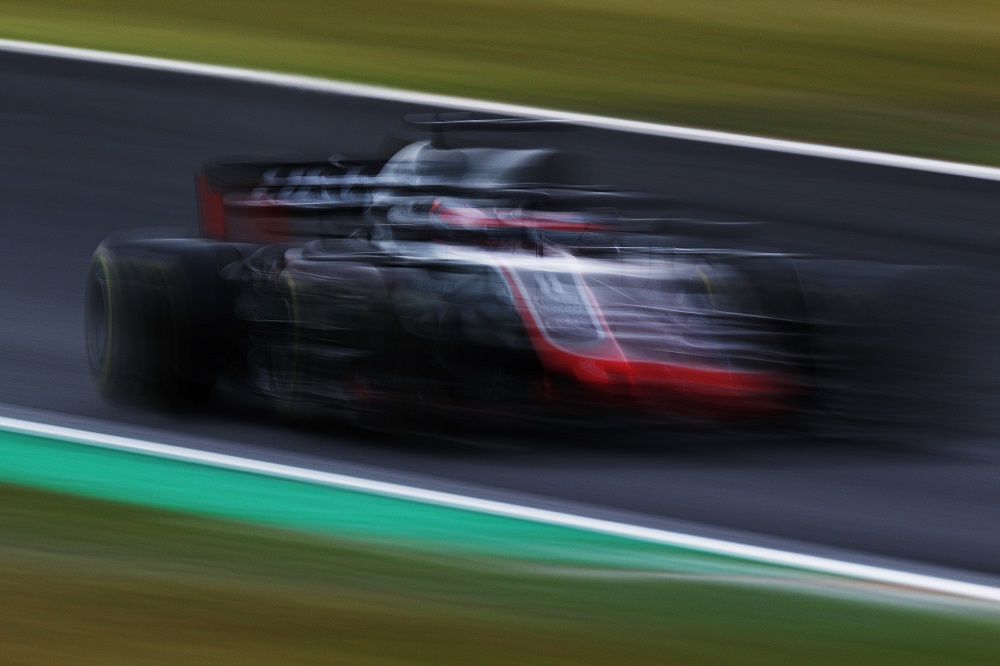
The Netflix documentary series Formula 1: Drive to Survive has done wonders for bringing new fans to the sport. Sadly, the third season of the show, which premiered on March 19, 2021, uses dishonest editing to dramatize death, or the potential thereof. While that’s okay in fiction, the lives of real people should be treated with more respect in what’s supposed to be a documentary.
This is a look at how Netflix misleads its audience, and some other thoughts about the show.
Car Crash: Where to go after getting into a collision
Death as a hook
Fortunately, nobody died in Formula 1 last year. But Drive to Survive, which covers the 2020 season, sure likes to keep you on the edge of your seat with the idea that a driver might not be walking out of the car, hoping you might stay interested out of morbid curiosity.
Charles Leclerc’s crash in Monza is not only edited to include overlong pauses but also features a completely fabricated radio message during which the engineer asks if Leclerc can hear him. In real life, Leclerc’s engineer asked if he was ok, and the driver immediately responded that he was fine. In other words, Netflix not only dragged the moment out for the sake of drama but even went so far as to insert fake audio to make you worry about Leclerc’s health.
Just as bad was the portrayal of Grosjean’s crash in Bahrain, which the show first uses as a tantalizing hook to keep you watching the episode. When it comes back to the crash later on, it’s edited to make viewers believe Grosjean was in the fire much, much longer than he really was.
Though drivers were still cruising back to the pits under red flags as Grosjean crawled out of his split-in-half car, Netflix made it seem as though it took so long for him to escape that the drivers had time to get back to the pits, jump out of their cars, and watch the live feed in helpless horror, wondering if he would make it.
Grosjean was in the flames for 28 seconds — an already lengthy amount of time. Netflix takes over four minutes to show him getting out. The crash was dramatic, yes, and the subsequent insights into Grosjean’s mindset, during and after the event, were a valuable addition to the show. But Netflix so blatantly uses the idea of driver death to titillate that it left me feeling gross, and it’s a disservice to the speed with which the marshals and medical team acted on that day.
Canned commentary
One of my major gripes with previous Drive to Survive seasons has unfortunately survived the long pandemic. In the latest show, Netflix routinely passes off commentary by the excellent Jack Nicholls and Ben Edwards as genuine — as though merely lifted from live broadcasts — even though it is scripted and recorded later for the show. Viewers not intimately familiar with the sport would have no way of knowing. It’s a sneaky and blatantly disingenuous method Netflix uses to drive the narratives of its episodes.
Silver lining
Though Drive to Survive is guilty of misrepresenting events, it has done a better job of fairly portraying individual drivers and their storylines without necessarily throwing others under the bus to do it, which it commonly did in previous seasons. In fact, it did a good job of making me feel for drivers on both sides of a rivalry, and I enjoyed getting a closer look at the dynamics of relationships between drivers and team principals, something you often don’t see by simply watching race weekends.
Car Safety: New Nissan technologies help you avoid accidents
Ultimately, while Drive to Survive has proven a great marketing tool for the sport of Formula 1, and is sometimes genuinely enjoyable and insightful even for longtime watchers of the sport such as myself. It’s a shame that it resorts to dishonest and frankly distasteful editing to misrepresent life-threatening events for the sake of amplifying drama, and viewers of the show should thus keep in mind that Drive to Survive is more often reality TV than documentary.
Kurt Verlin was born in France and lives in the United States. Throughout his life he was always told French was the language of romance, but it was English he fell in love with. He likes cats, music, cars, 30 Rock, Formula 1, and pretending to be a race car driver in simulators; but most of all, he just likes to write about it all. See more articles by Kurt.